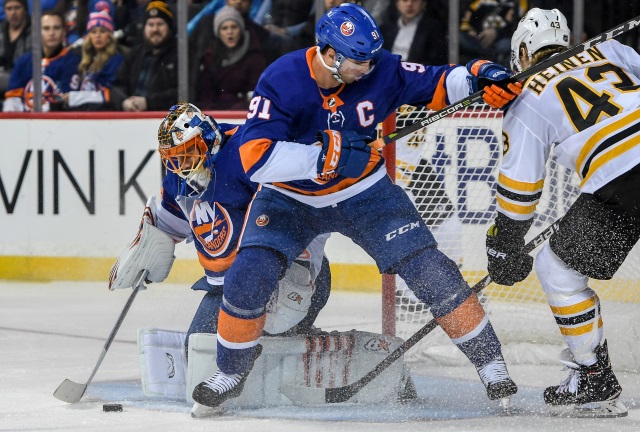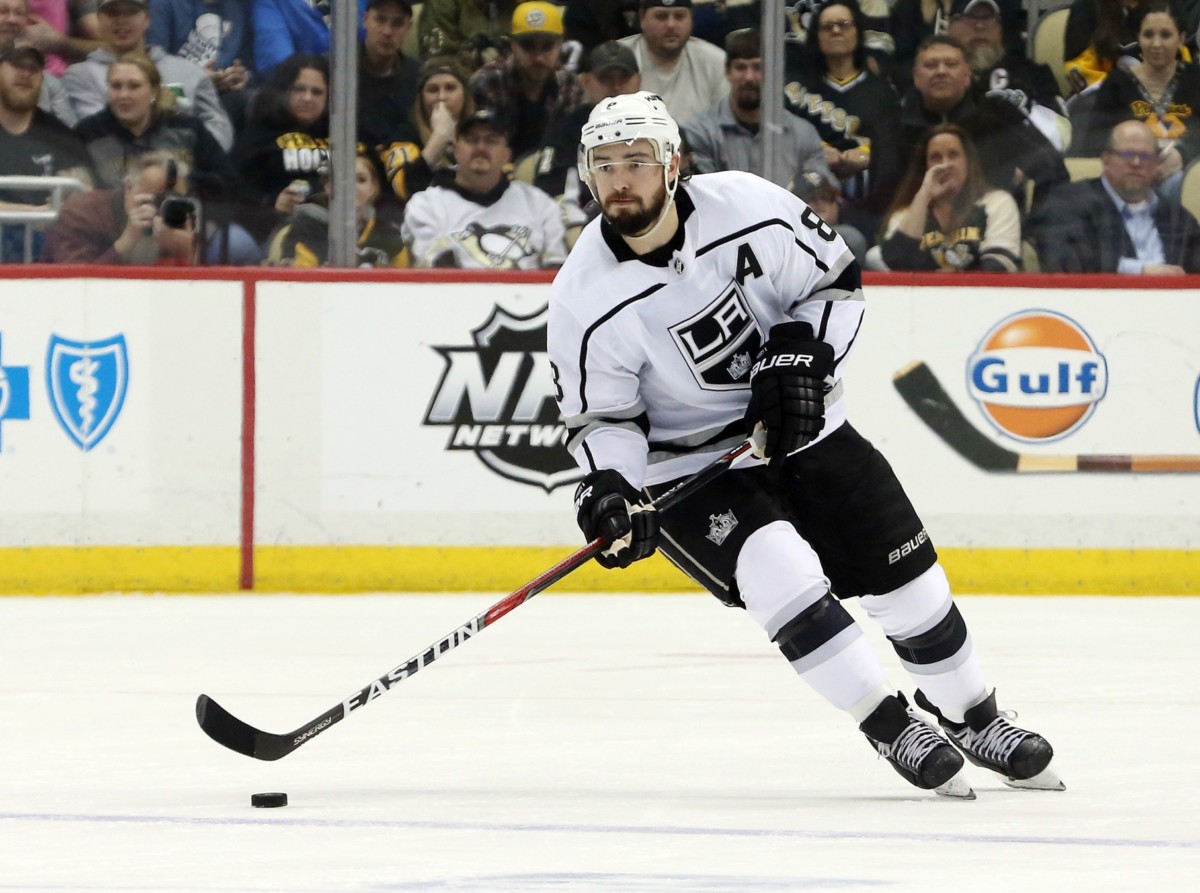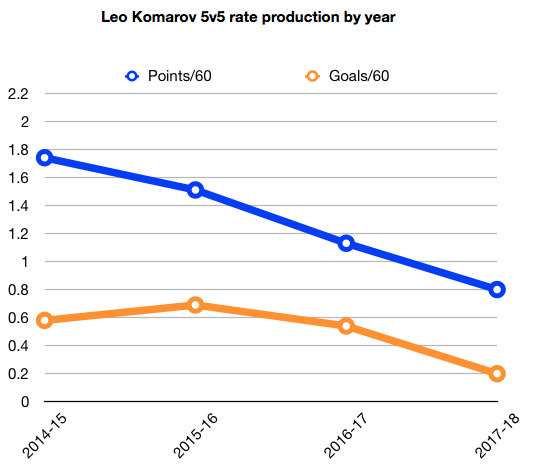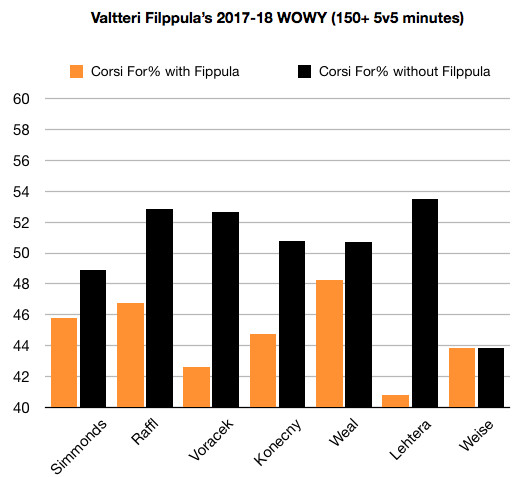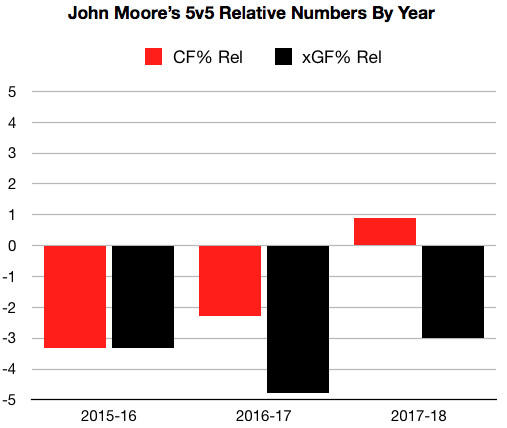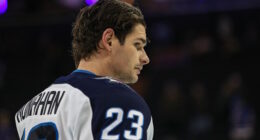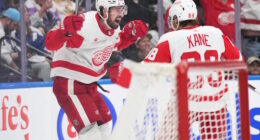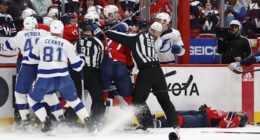The opening day of free agency was remarkably busy as we saw dozens of contracts inked and hundreds of millions of dollars spent.
Winners and losers will sort themselves out down the road but I’m going to take a stab at projecting the latter in the meantime.
New York Islanders
July 1 was an absolute disaster for the New York Islanders across the board.
The long-time face of the franchise, John Tavares, walked away from the organization during the prime of his career and left money and an additional year on the table to do so.
Tavares has averaged 79 points per 82 games played since 2010-11 and is as consistent as they come. Losing him is a devastating blow for a team that was already a ways away from contending.
While the loss of Tavares caused the most damage, the Islanders also inflicted plenty of it on themselves with their corresponding moves.
The first was handing gritty winger Leo Komarov a four-year deal worth $3 million annually. Making that commitment to a role player is a risky proposition at the best of times. Making that commitment to a role player when he’s already on a clear decline is a recipe for disaster. And that’s what the Islanders did.
As you can see, Komarov’s points per 60 dropped in three consecutive seasons. During that time it dipped from a very respectable 1.74 to a woeful .80. I very much doubt things will get much better as he continues to move deeper into his 30s.
The Islanders followed that up by signing veteran forward Valtteri Filppula. He is coming off a 33 point season, has experience playing center and wing, and it’s only a one-year deal. On the surface, it doesn’t seem like a bad move.
When you dig a little deeper, it’s clear to see that it is.
Filppula has posted a negative Relative Corsi For% and Relative Goals For% in four consecutive years, meaning his teams have consistently fared better without him on the ice.
He has also developed into one of the biggest possession anchors in the league. Take last season’s numbers, for example.
Filppula spent at least 150 minutes of 5v5 ice with seven different Flyers forwards. Here’s a look at how each player did with Filppula compared to without him.
In Weise’s case the difference is negligible but all seven forwards have a worse Corsi For% with Filppula. The same can be said of the seven defenders to share the ice with Filppula for at least 150 minutes.
Filppula was once a very solid two-way forward but those days are over. Long over. At this point, he’s more likely to harm his team than help it.
Boston Bruins
The Bruins were quite active on the opening day of free agency signing three players to multi-year contracts. Not necessarily good ones, though.
The headliner is veteran defenseman John Moore, who inked a five-year deal worth $2.75 million per.
Every once in a while Moore shows flashes of brilliance but his overall body of work has been pretty underwhelming.
During his three seasons with the New Jersey Devils, they were consistently worse at 5v5 with him on the ice than without.
The Devils didn’t exactly have a stacked blue line during Moore’s tenure with the team so it’s not like he had a high bar to clear. He still couldn’t do it.
Moore’s individual totals are just as underwhelming. He has one 20-point season to his name and the likes of Christian Folin, Matt Hunwick, Roman Polak and Greg Pateryn have averaged more 5v5 points per 60 minutes played over the last three seasons.
Moore is not a big point producer, he’s not a power play quarterback, he’s not a strong penalty killer, and his underlying numbers at full-strength leave a lot to be desired. The money won’t kill Boston but I think five years is much too long for a player of Moore’s caliber.
Their second priciest signing, Chris Wagner, doesn’t inspire me, either.
Through 147 career games, Wagner has tallied just 29 points while owning a 44.7 Corsi For% and 41.25 Goals For%. His penalty killing numbers are bad as well.
Beyond throwing a lot of hits, I’m not sure what he brings to a team. And somehow he landed a multi-year deal worth $1.25 annually.
Lastly, Joakim Nordstrom landed a two-year deal worth $1 million per. In 157 games over the last two seasons, he owns a minus-23 goal differential at 5v5 and has recorded just 16 points in that game state. Nordstrom is yet another guy who has kicked around the NHL for a while without doing much to suggest he actually should.
Beyond these three signings, the Bruins also missed out on John Tavares and saw him sign with a division rival. It was not a good day for them.
Vancouver Canucks
The Canucks wanted to bring in veteran, defensive-minded players to eat up some tough minutes and make life easier for their top young players. I have no problem with that. Heck, I think it’s a smart thing to do.
What I do have a problem with is handing out long-term contracts to role players – particularly aging ones.
Jay Beagle has averaged just 20 points per 82 games throughout his career and is turning 33 in October. Peak Jay Beagle was nothing to write home about and we’ve almost certainly already seen it.
Committing four years and $3 million annually to an aging role player is not a good investment. It is likely going to look ugly in a couple years when the Canucks (ideally) start to turn a corner.
If they were adamant about signing a gritty depth center they could have inked Wagner, let’s say, for two fewer years at less than half the cost.
Admittedly, I am a fan of Antoine Roussel. He is physical, he can kill penalties, hold his own in possession, and is generally good for 25+ points.
With that said, he’s a 28-year-old coming off a five-goal campaign. I’m not sure that warrants a four-year pact worth $3 million per.
Given the state of the team, I don’t have much issue with overpaying in terms of dollars. I just don’t like the idea of having ~$6 million per tied up in a pair of role players when they’re in their early-to-mid 30s, declining, and the team is expected to be on the upswing.
Written by Todd Cordell (@ToddCordell)
